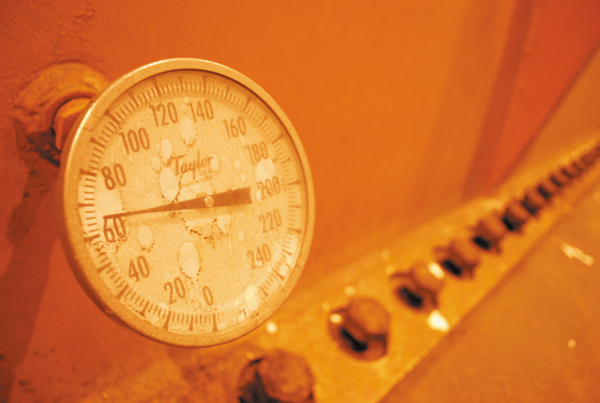

Inside the Shoreham nuclear power plant in 2009. While experts will not say what could have been, the tragedy in Japan suggests that LI is better off having a decommissioned nuclear power plant than an active one.
In the wake of the worst earthquake ever to hit Japan—upgraded from a magnitude of 8.8 on Friday to a 9.0 magnitude as of yesterday—and the devastating tsunami it triggered, the nation known for being the most prepared in the world for natural disasters is in the midst of a potential nuclear fallout.
The aftermath left Japan scrambling to stabilize reactors at the Fukushima Daiichi nuclear power plant, after the fifth-strongest quake in the world since 1900, and its subsequent tsunami, blew out the plant’s cooling systems.
With the explosions of two out of three reactors in three days, so far, the terror of a nuclear meltdown—and the possible consecutive threat of the release of radioactivity—continues to loom over the nation and the watching world.
Though now relatively safe on the other side of the world, Long Islanders did not always sleep so soundly. From 1965 through 1989, when Shoreham nuclear power plant was a going concern, before it was shut down for good, such catastrophes were often envisioned on these shores.
For a look inside the Shoreham Nuclear Power Plant, click here.
In fact, the sea-foam-green $6 billion relic of the Shoreham nuclear power plant still stands today, a stark reminder of the controversy and anti-power-plant protests that surrounded its closure 22 years ago.
When Long Island Lighting Company (LILCO) shareholders approved a deal between then-Gov. Mario Cuomo and the utility’s leadership to close the plant before it went into commercial operation, it became the first nuclear power plant in the nation to be decommissioned, and the first to be closed before being fully powered up.
In 2009, the Long Island Press took a tour of the decommissioned Shoreham facility. For a look inside the plant, click here.
But what if Shoreham hadn’t been decommissioned? What would a fully powered nuclear plant mean for Long Islanders should we be hit with our own “nation’s worst”?
“It’s hard to tell without knowing the size of the earthquake, where the fault line is, or the physical structure of Shoreham,” Richard Kessel, president and chief executive officer of the New York Power Authority, told the Long Island Press. “It’s hard to compare one incident to another. But what’s happening in Japan shows that things can go very, very wrong.”
The Shoreham plant was built to withstand a terrorist attack and a hurricane. But how would it have fared under a one-two punch from a 9.0 magnitude earthquake and tsunami?
“It’s something that we could have had a real problem with. We could have seen some of the same problems,” Kessel says. “If that were to happen on Long Island, the ability to deal with it and evacuate people would have been very challenging and probably not possible. Looking at the normal traffic conditions, that would be almost impossible.”
LIPA declined to comment on grounds that the question was too hypothetical and the Brookhaven National Laboratory declined to comment as well.
“Many questions have yet to be answered,” Kessel says. “It’s too early to know, but it’s certainly not too early to know that it’s something we won’t have to go through. I think here on Long Island, we could breathe a big sigh of relief that we don’t have Shoreham operating in our backyard.”




